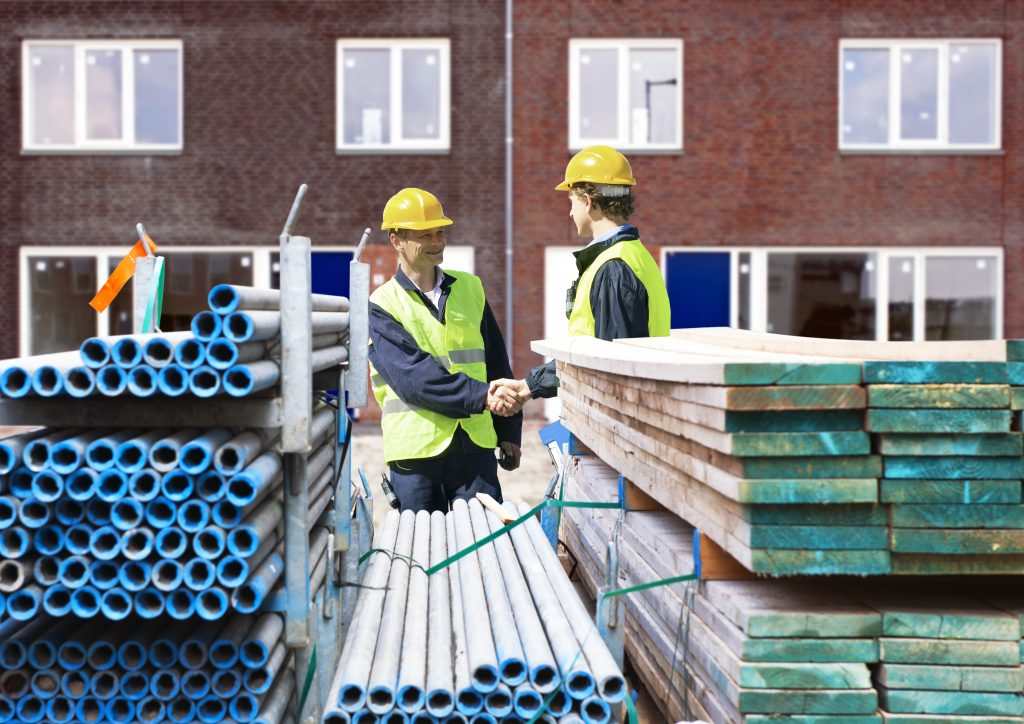The choice of building materials in the construction of single-family homes can significantly impact various aspects

The choice of building materials in the construction of single-family homes can significantly impact various aspects, including cost, durability, energy efficiency, and aesthetics. Here are some common building materials used in the construction of single-family homes:
- Wood: Traditional and widely used, wood framing is common in residential construction. It’s lightweight, renewable, and relatively cost-effective. However, concerns about sustainability and fire resistance have led to the exploration of alternative materials.
- Concrete: Used for foundations, slabs, and other structural elements, concrete is durable and resistant to fire. Precast concrete panels are sometimes used for walls. Additionally, Insulated Concrete Forms (ICFs) provide both structure and insulation.
- Steel: Steel framing is strong, termite-resistant, and dimensionally stable. It is often used for framing and structural support. Steel is also recyclable, making it an environmentally friendly choice.
- Brick and Masonry: Bricks are commonly used for exterior walls. Masonry, including concrete blocks, provides strength and durability. It is also resistant to fire and pests.
- Siding Materials: Various materials are used for siding, including vinyl, wood, fiber cement, and metal. These materials serve both aesthetic and functional purposes, protecting the home from the elements.
- Roofing Materials: Common roofing materials include asphalt shingles, metal, tile, and wood shakes. Each has its own advantages in terms of cost, durability, and aesthetics.
- Insulation: Proper insulation is crucial for energy efficiency. Common insulation materials include fiberglass, foam board, and spray foam. Energy-efficient homes may also incorporate advanced insulation techniques.
- Windows and Doors: Materials for windows and doors can vary, including wood, vinyl, aluminum, and fiberglass. Energy-efficient options with double or triple glazing can contribute to better insulation.
- Flooring Materials: Options for flooring include hardwood, laminate, tile, carpet, and various synthetic materials. Choices often depend on the desired aesthetic, budget, and maintenance requirements.
- Composite Materials: Some homes use composite materials that combine different elements for improved strength, durability, or insulation properties.
The choice of materials often depends on factors such as budget, local climate, building codes, and the homeowner’s preferences. Increasingly, there is a focus on sustainable and energy-efficient building practices, leading to the use of eco-friendly materials and construction methods.
Disclaimer: Data and information could come from various sources. Any analysis or commentary is the opinion of the analyst(s) at ITW Construction Products Canada and should not be construed as investment advice. Hyperlinks going to our partners and/or supporters’ websites are for giving credits and content/advice in it/them are not responsible by ITW Construction Products Canada.